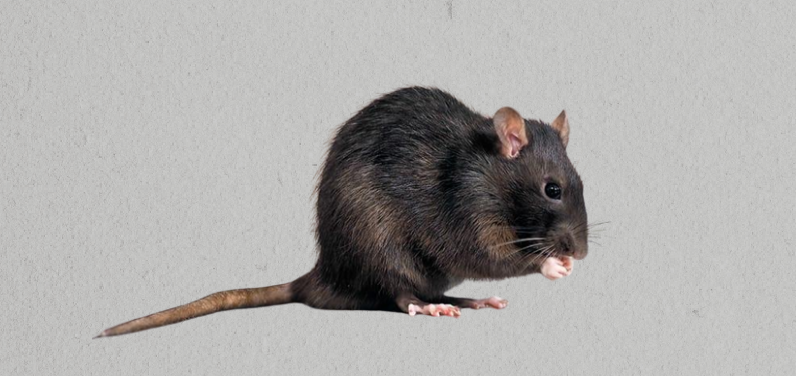Roof Rats
The roof rat is the smaller of the two commensal rats, as the Norway rat is larger in size. Roof rats are also referred to as black rats or ship rats. The roof rat gets its name from its tendency to find shelter in the upper parts of buildings. Once inside, roof rats not only damage materials by gnawing through them, but they also contaminate stored food and serve as vectors of dangerous diseases.

